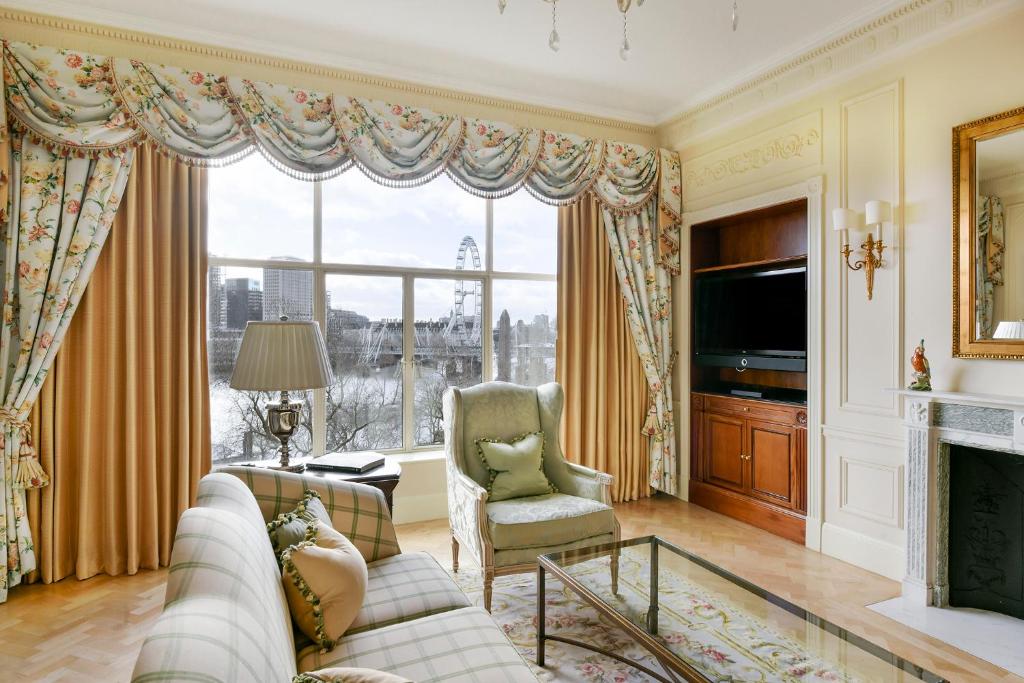
In the heart of London’s City of Westminster, the Savoy Hotel stands as a grand symbol of luxury and a rich historical tapestry. Opened on August 6, 1889, by impresario Richard D’Oyly Carte, it was built with the profits from his successful Gilbert and Sullivan opera productions. The Savoy was not just a hotel; it was an innovation hub, being the first in Britain to feature electric lights, electric lifts, and most rooms with en-suite bathrooms, along with constant hot and cold running water.
Architectural and Operational Innovations
The Birth of a Luxury Landmark
The hotel’s design was a marvel of its time, boasting lavish furnishings and a commitment to luxury that set a new standard in the hotel industry. Richard D’Oyly Carte, with his keen business acumen, brought in the talents of César Ritz as manager and Auguste Escoffier as chef de cuisine, creating an unparalleled quality of hotel service, entertainment, and dining. This attracted a clientele of royalty, celebrities, and the powerful elite.
A Hub for the High Society
The Savoy quickly became synonymous with high society and cultural significance. Its bands, the Savoy Orpheans and the Savoy Havana Band, gained fame, and the hotel itself became a favorite spot for legends like George Gershwin, Frank Sinatra, and Lena Horne. It was not just a hotel but a landmark where history was made, hosting figures like Edward VII, Oscar Wilde, and Winston Churchill, who frequently dined there with his cabinet.
The Savoy’s Rich Historical Context
A Site of Royal and Cultural Significance
Before becoming the iconic hotel, the site held the Savoy Palace, built in 1263 by Count Peter of Savoy, the uncle of Eleanor of Provence, queen-consort of Henry III of England. This palace was linked to significant historical figures and events, including King John of Gaunt and the Peasants’ Revolt of 1381.
Transformations Through Time
Over the centuries, the site saw various transformations. Henry VII planned a hospital here, which functioned for two centuries but fell into misuse. In the 19th century, the old hospital buildings were demolished, setting the stage for Richard D’Oyly Carte’s vision of the Savoy Hotel.
The Modern-Day Savoy
The Fairmont Management
Today, the Savoy is managed by Fairmont Hotels and Resorts and is renowned as « London’s most famous hotel ». It offers 267 guest rooms, panoramic views of the River Thames, and is a Grade II listed building, signifying its architectural and historical importance.
Continuation of a Legacy
The Savoy continues to uphold its tradition of elegance and luxury. With its historical significance, architectural grandeur, and commitment to top-notch service, the Savoy isn’t just a hotel; it’s a piece of living history. From its inception by an opera impresario to its current status under the Fairmont banner, the Savoy remains a timeless icon of London, embodying the essence of luxury and a rich cultural heritage.